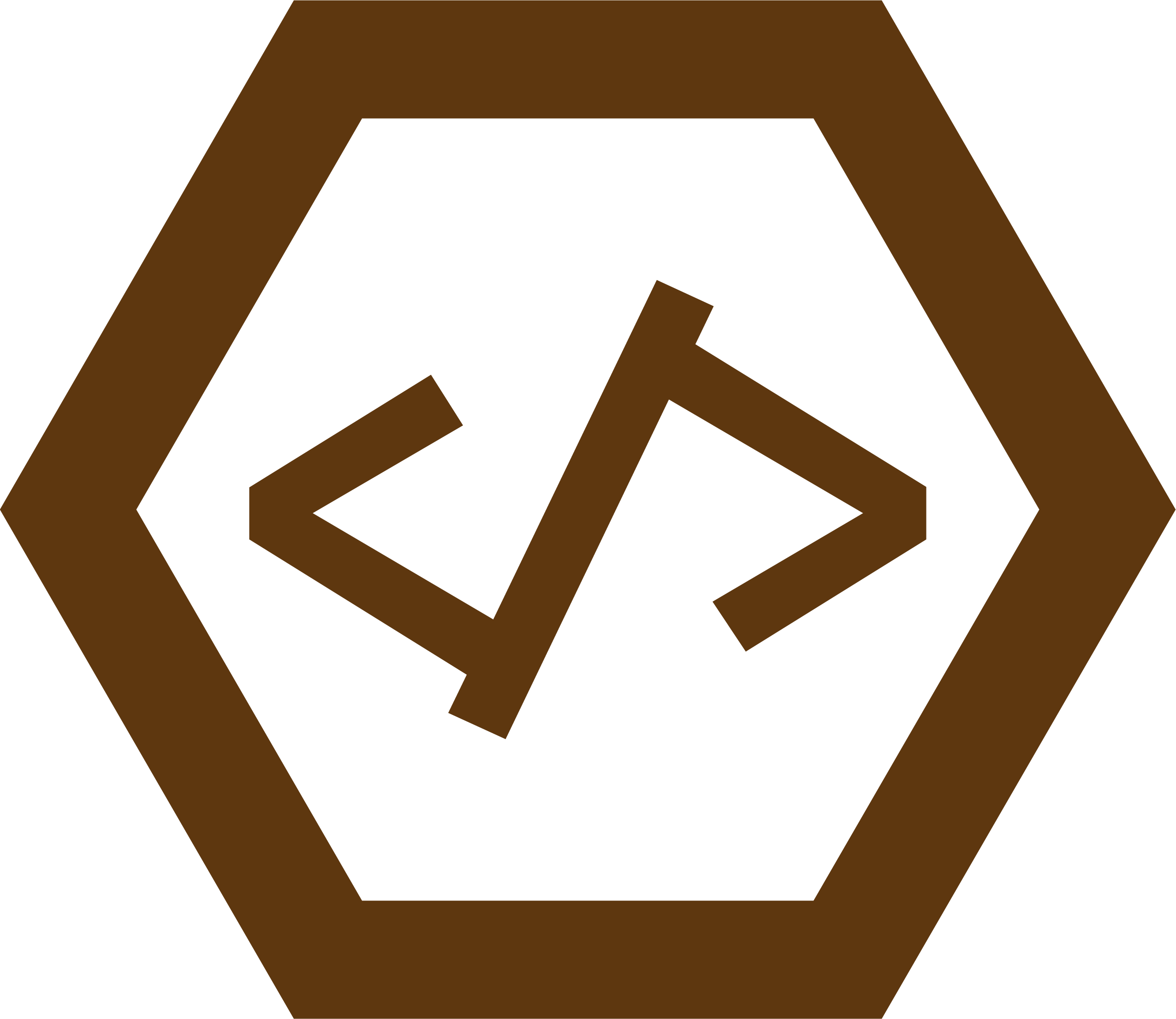Let’s get started then. In this article, we’ll be taking a deep dive into Google Analytics, a very powerful and popular tool used by businesses, marketers, and webmasters around the world to track and analyze website traffic. Google Analytics provides a wealth of information, allowing users to understand who their audience is, how they’re finding their website, and what they’re doing once they’re there.
Understanding and utilizing this data can lead to more effective marketing strategies and ultimately, increased growth and success for a business.
The Importance of Google Analytics
Google Analytics offers invaluable insights that can help drive the success of your marketing strategy. With the data it provides, you can understand more about your audience demographics, where your traffic is coming from, what content is performing well on your site and much more. It allows businesses to make informed decisions about their content, SEO strategies, and other key digital marketing aspects.
Previously, gaining this sort of insight into your website’s performance required careful manual tracking and lots of guesswork. Google Analytics essentially removes this guesswork, making it easier than ever to understand the movements, habits, and preferences of your audience.
# Here is how you might set up and configure the Google Analytics API
from googleapiclient.discovery import build
from oauth2client.service_account import ServiceAccountCredentials
SCOPES = ['https://www.googleapis.com/auth/analytics.readonly']
KEY_FILE_LOCATION = '<YOUR_JSON_KEY_FILE_PATH>'
VIEW_ID = '<YOUR_VIEW_ID>'
def initialize_analyticsreporting():
"""Initializes an Analytics Reporting API V4 service object.
Returns:
An authorized Analytics Reporting API V4 service object.
"""
credentials = ServiceAccountCredentials.from_json_keyfile_name(
KEY_FILE_LOCATION, SCOPES)
# Build the service object.
analytics = build('analyticsreporting', 'v4', credentials=credentials)
return analytics
Google Analytics Functions and Libraries
To expand the functionality of Google Analytics and make tasks even more convenient for users, numerous libraries and features have been developed.
Google Analytics API is one great example of this. This API allows developers to access the data collected by Google Analytics programmatically, meaning they can use code to retrieve data instead of having to manually look it up in the Google Analytics dashboard.
def get_report(analytics):
"""Queries the Analytics Reporting API V4.
Args:
analytics: An authorized Analytics Reporting API V4 service object.
Returns:
The Analytics Reporting API V4 response.
"""
return analytics.reports().batchGet(
body={
'reportRequests': [
{
'viewId': VIEW_ID,
'dateRanges': [{'startDate': '7daysAgo', 'endDate': 'today'}],
'metrics': [{'expression': 'ga:sessions'}],
'dimensions': [{'name': 'ga:country'}]
}]
}
).execute()
With this new understanding of how to utilize Google Analytics to its fullest potential, you can now make better informed decisions about the type of content that your audience finds most engaging, helping to increase the performance of your website and grow your business.
